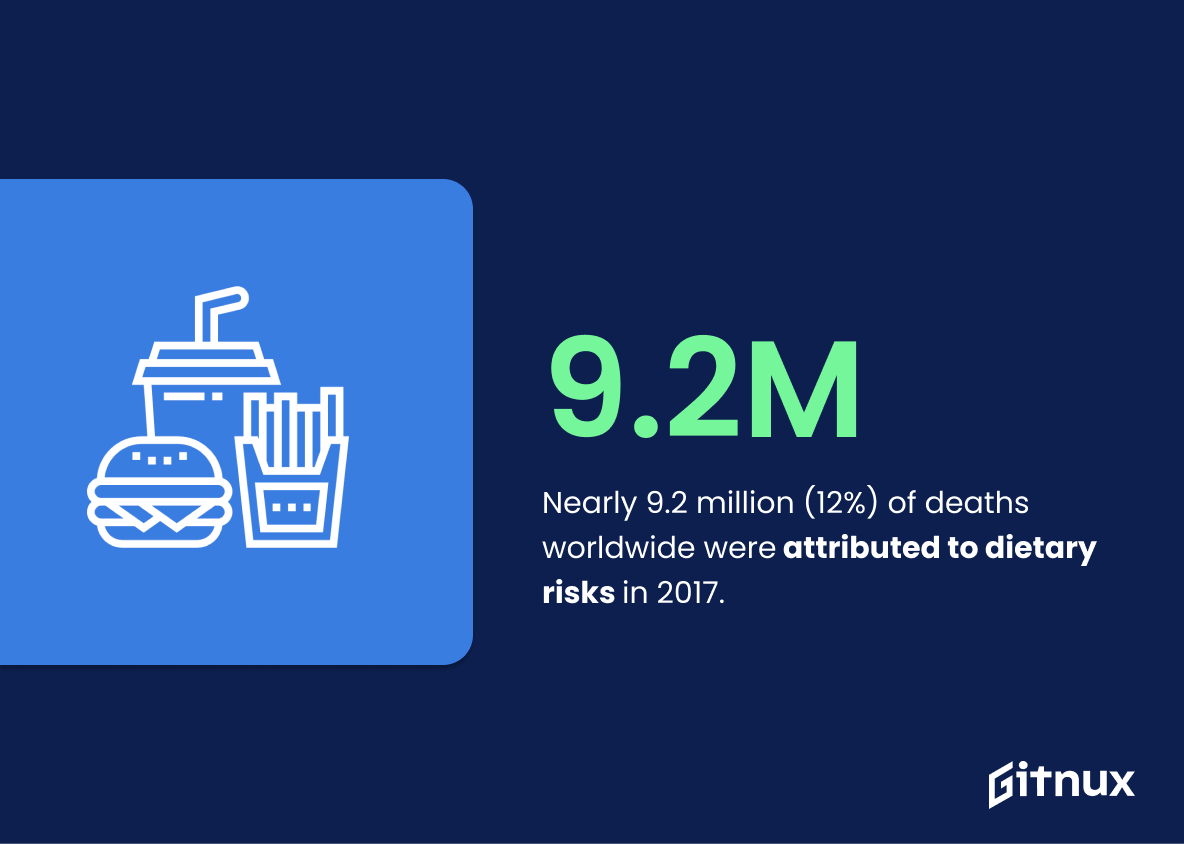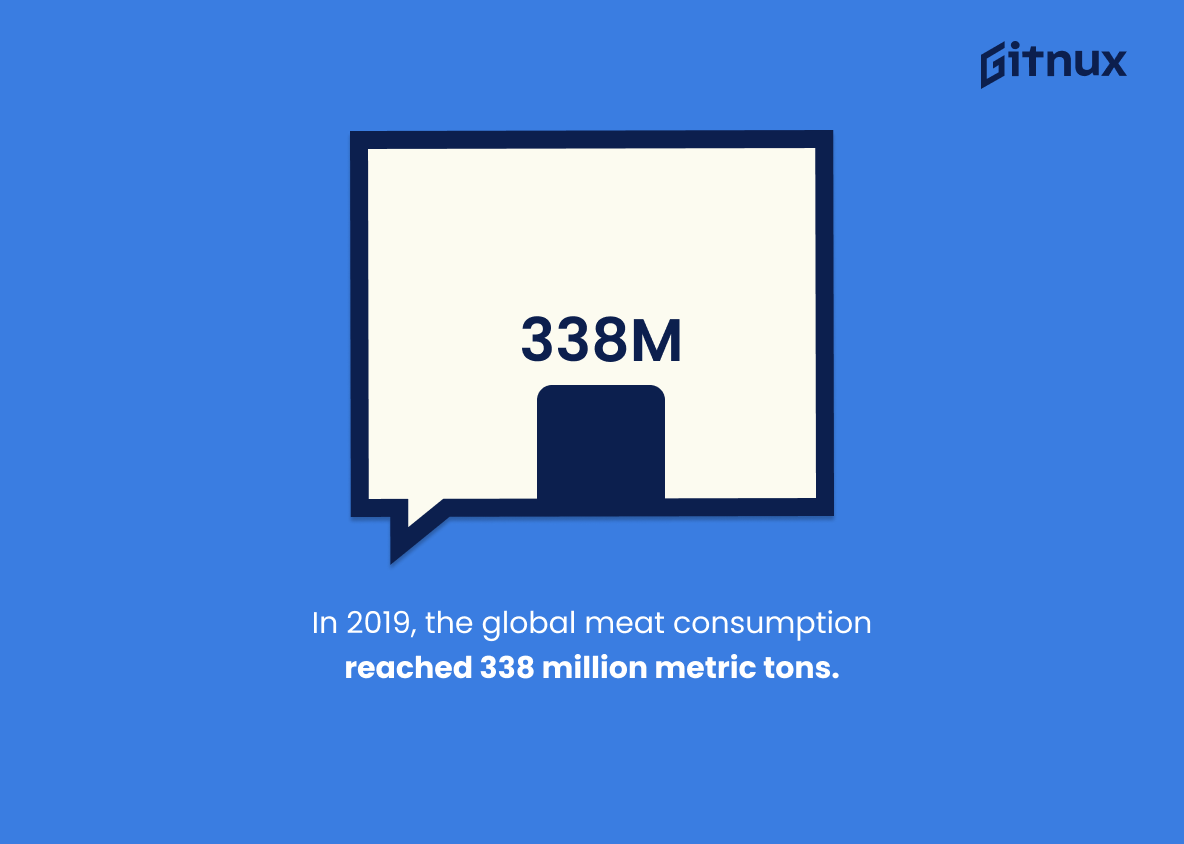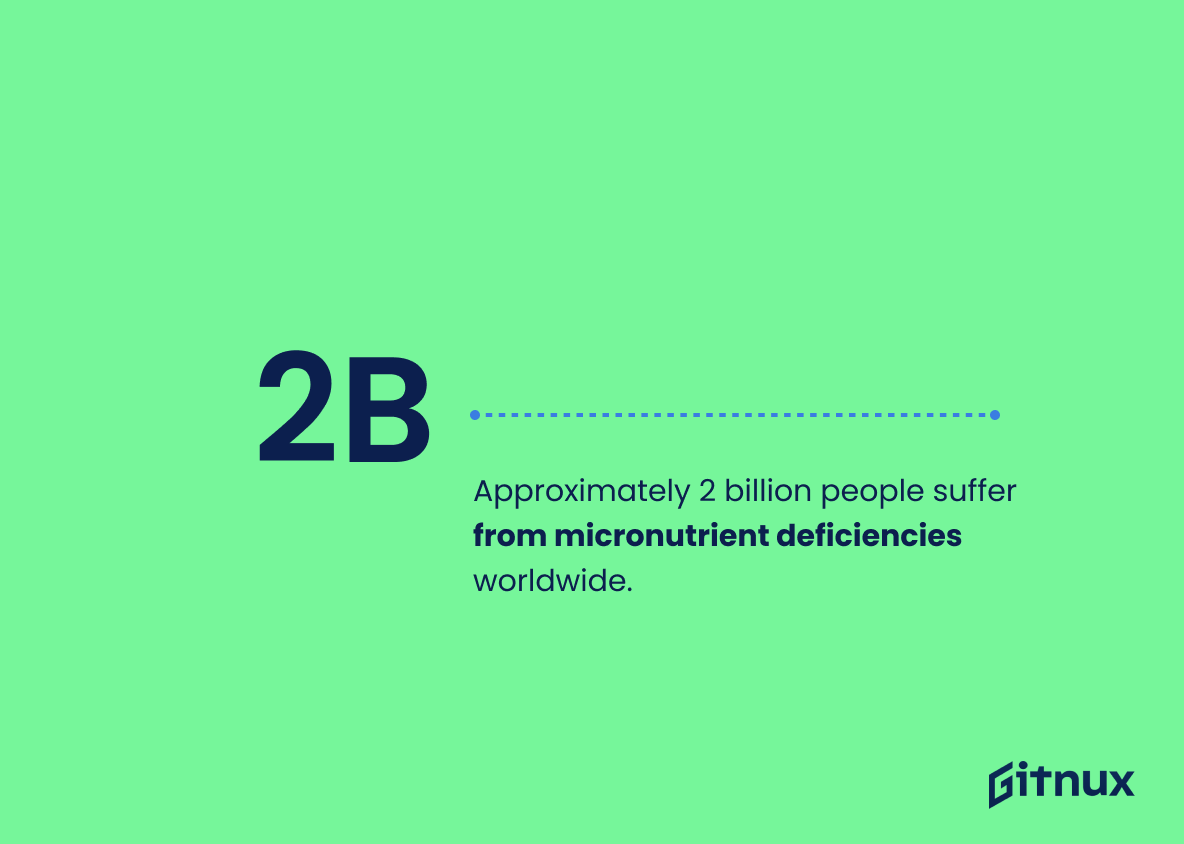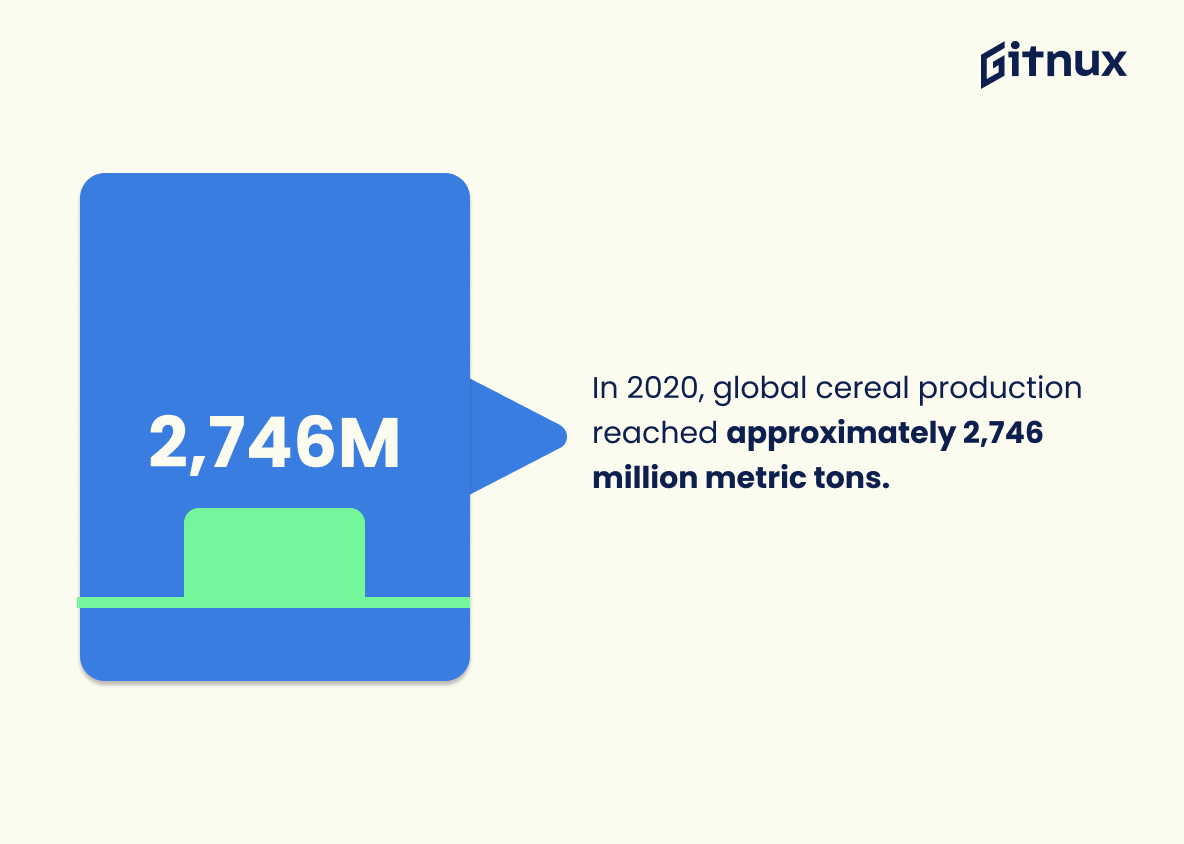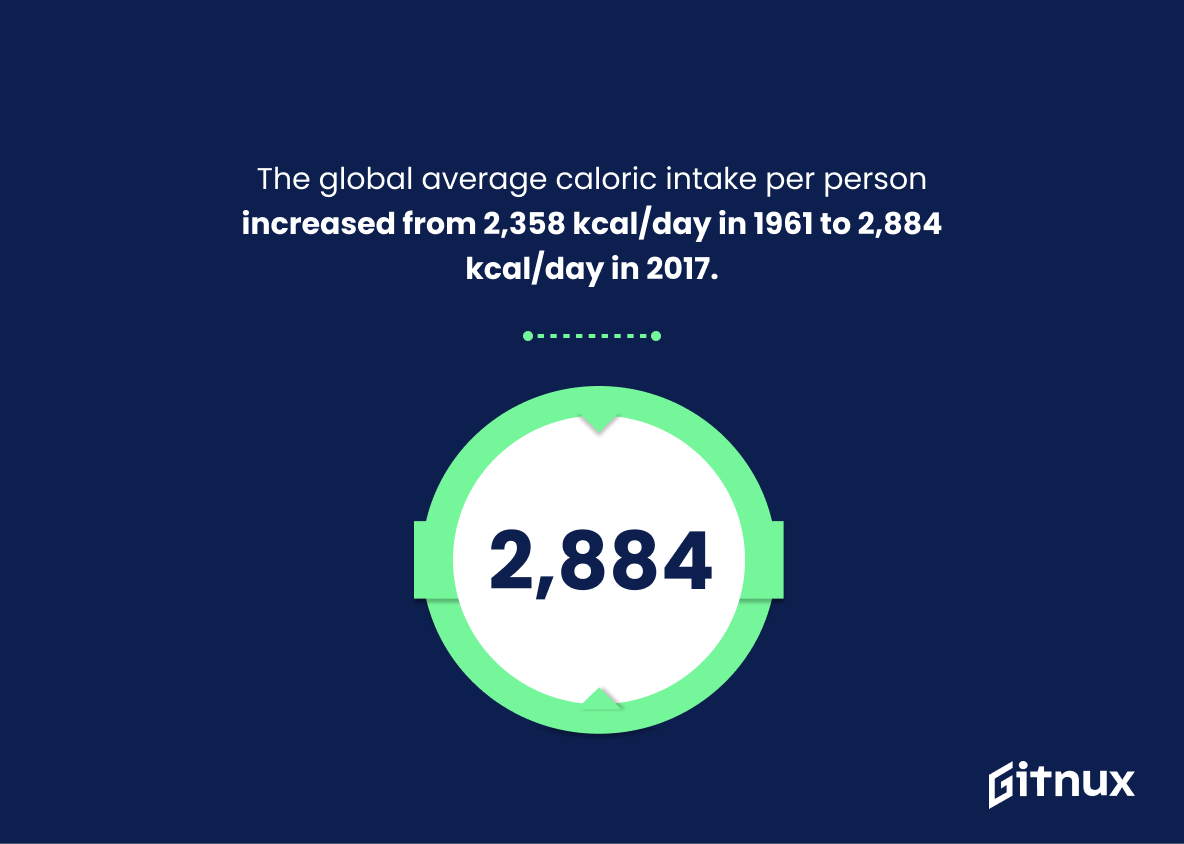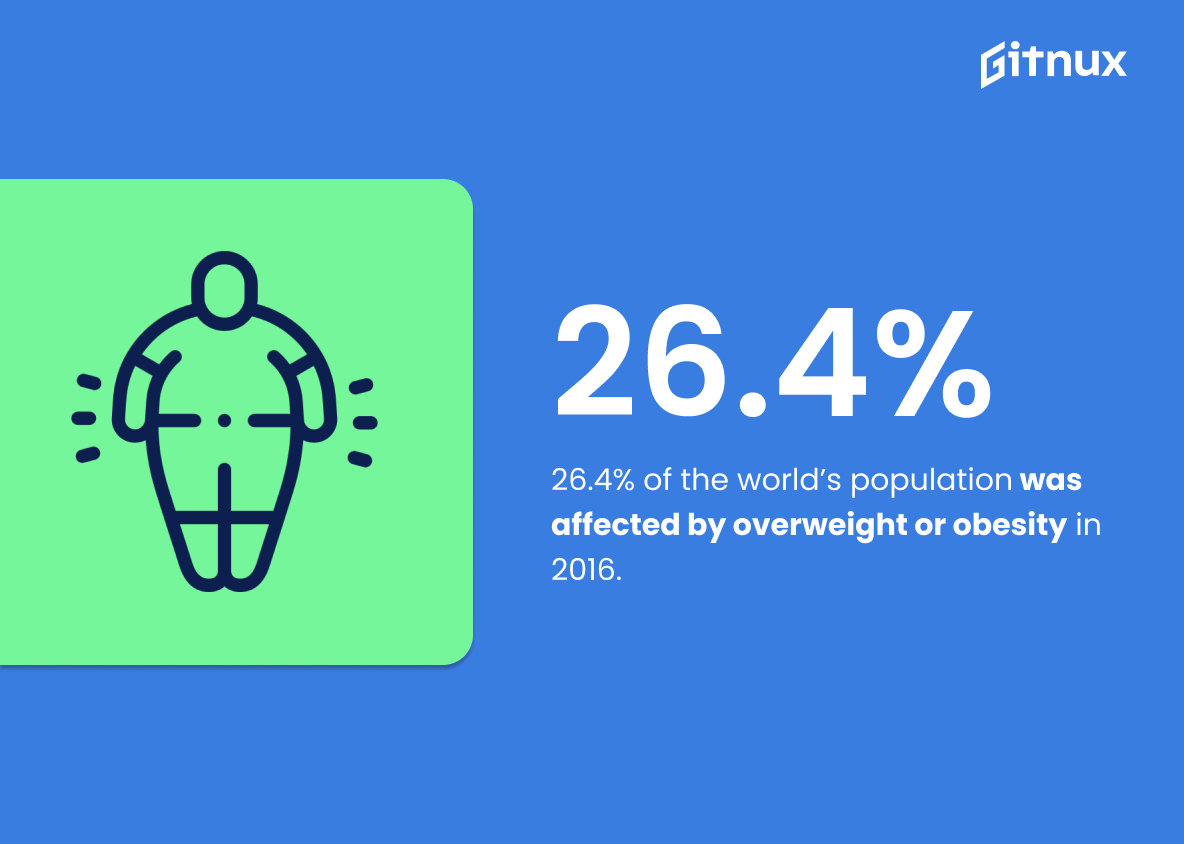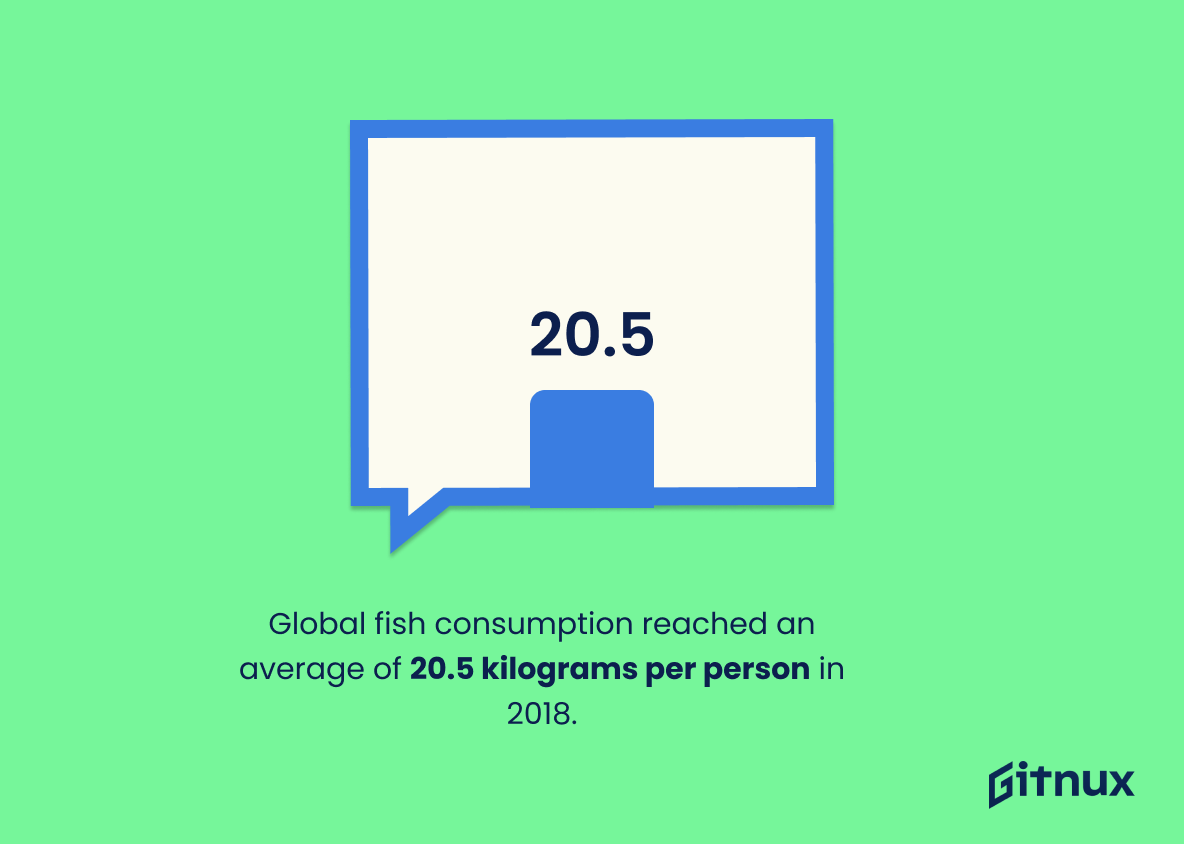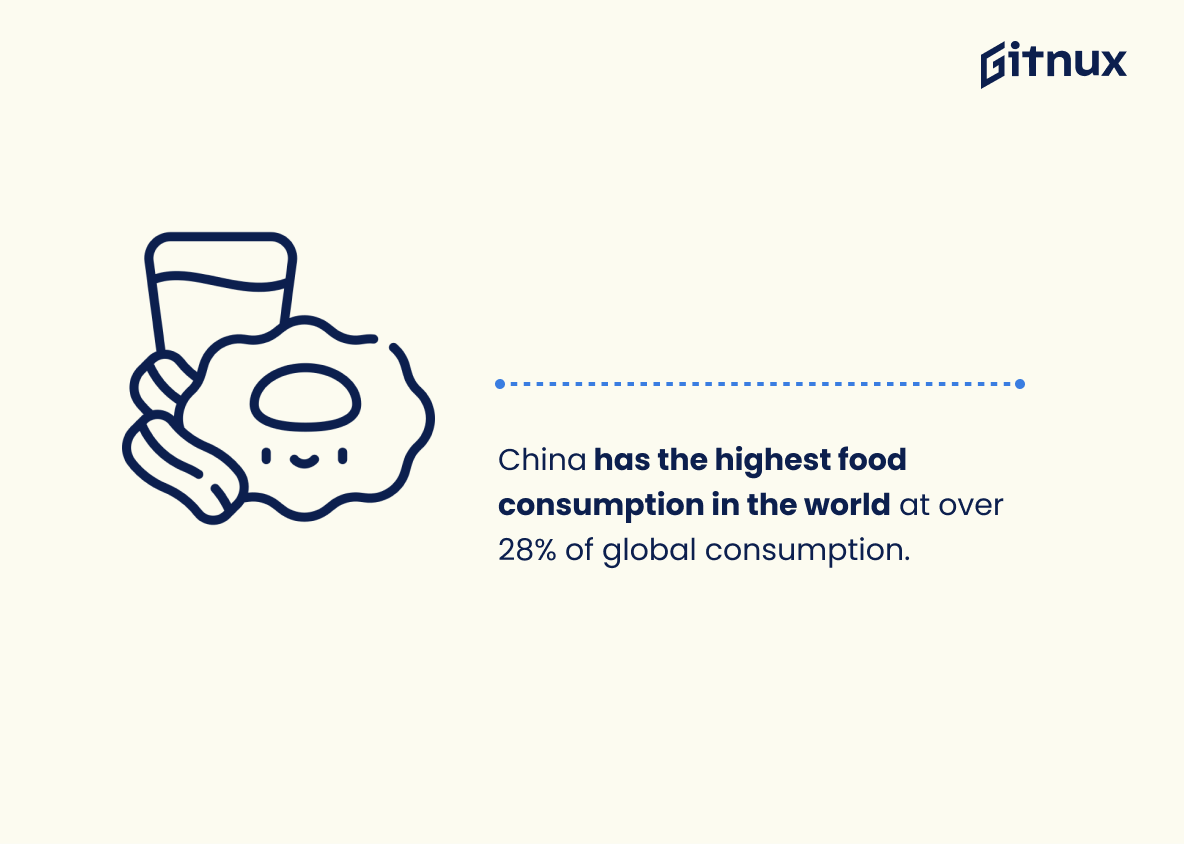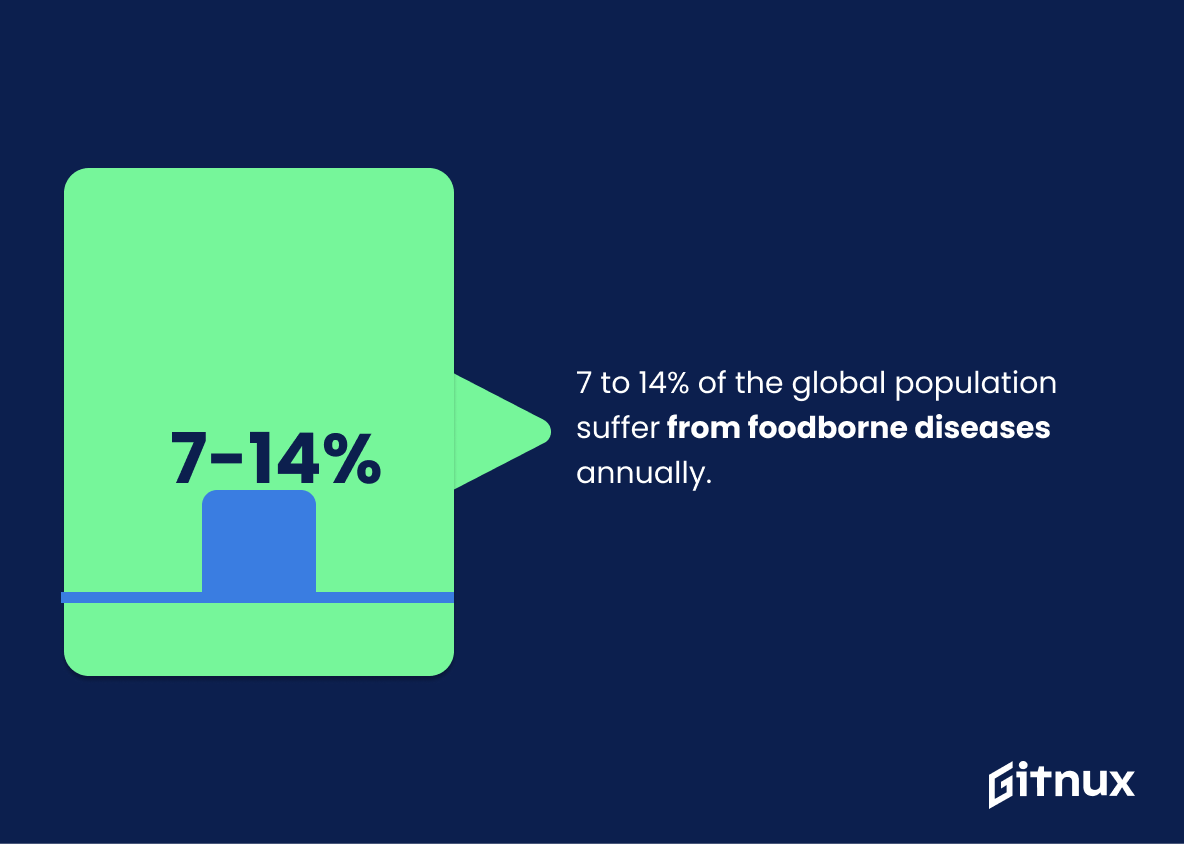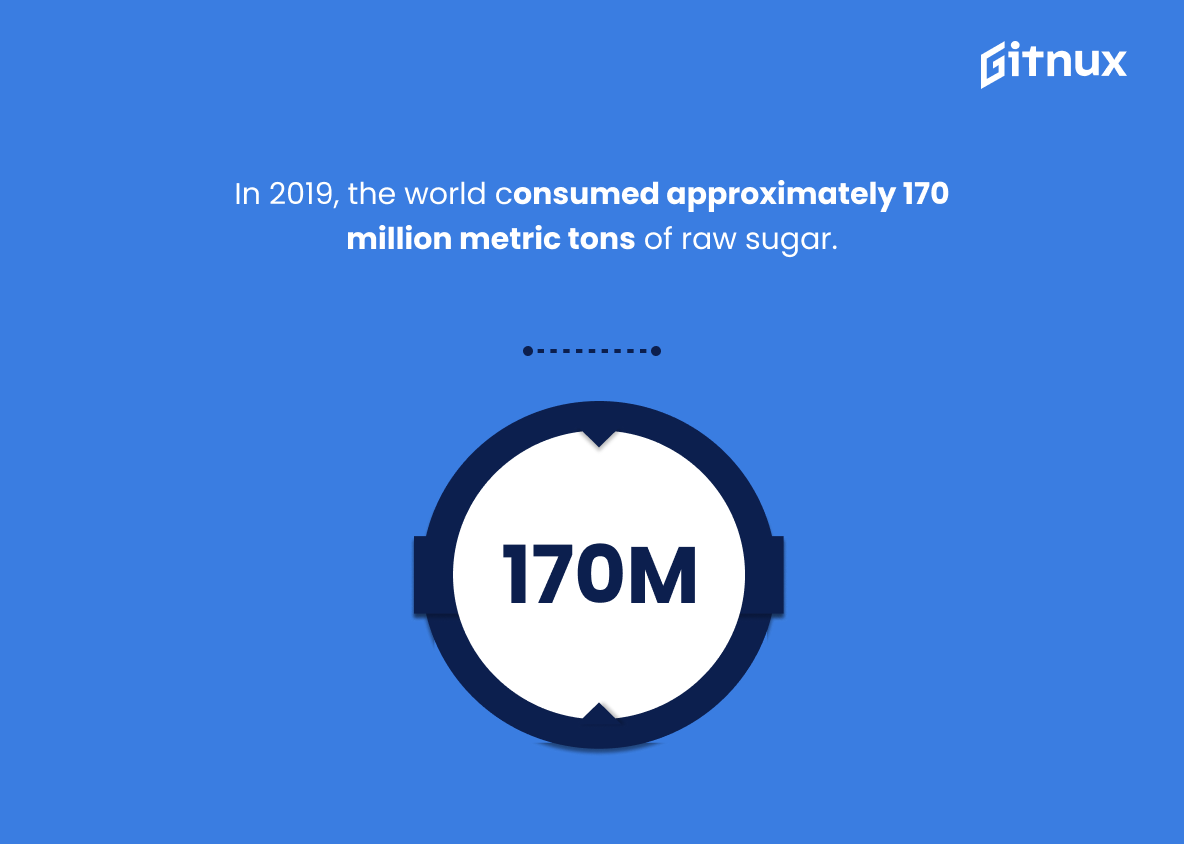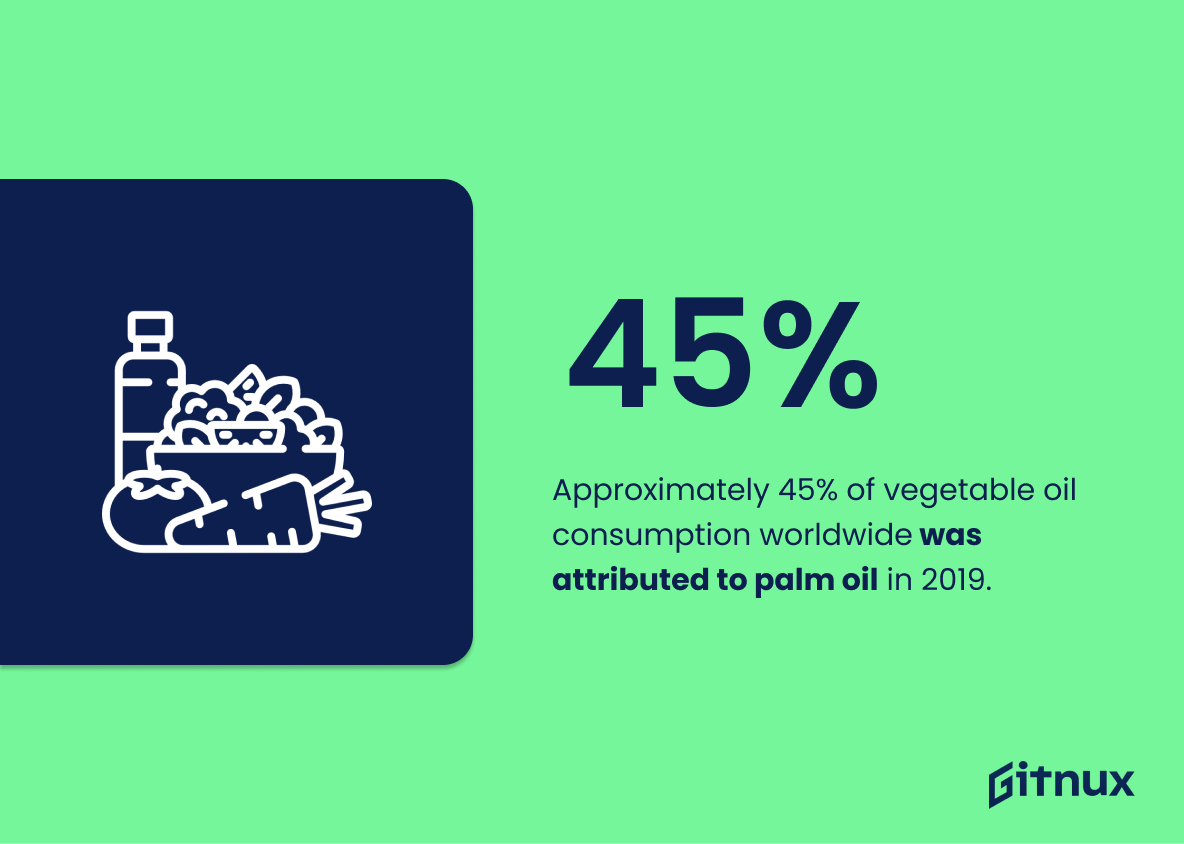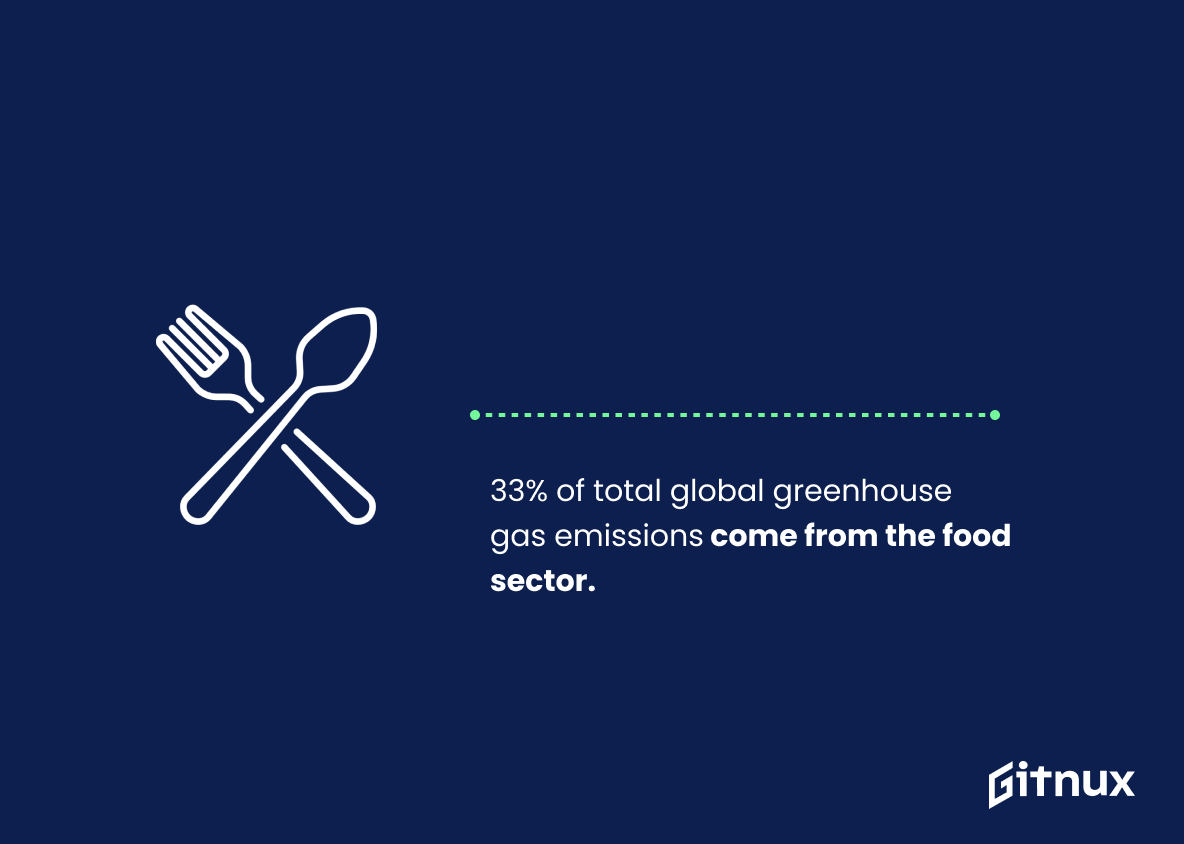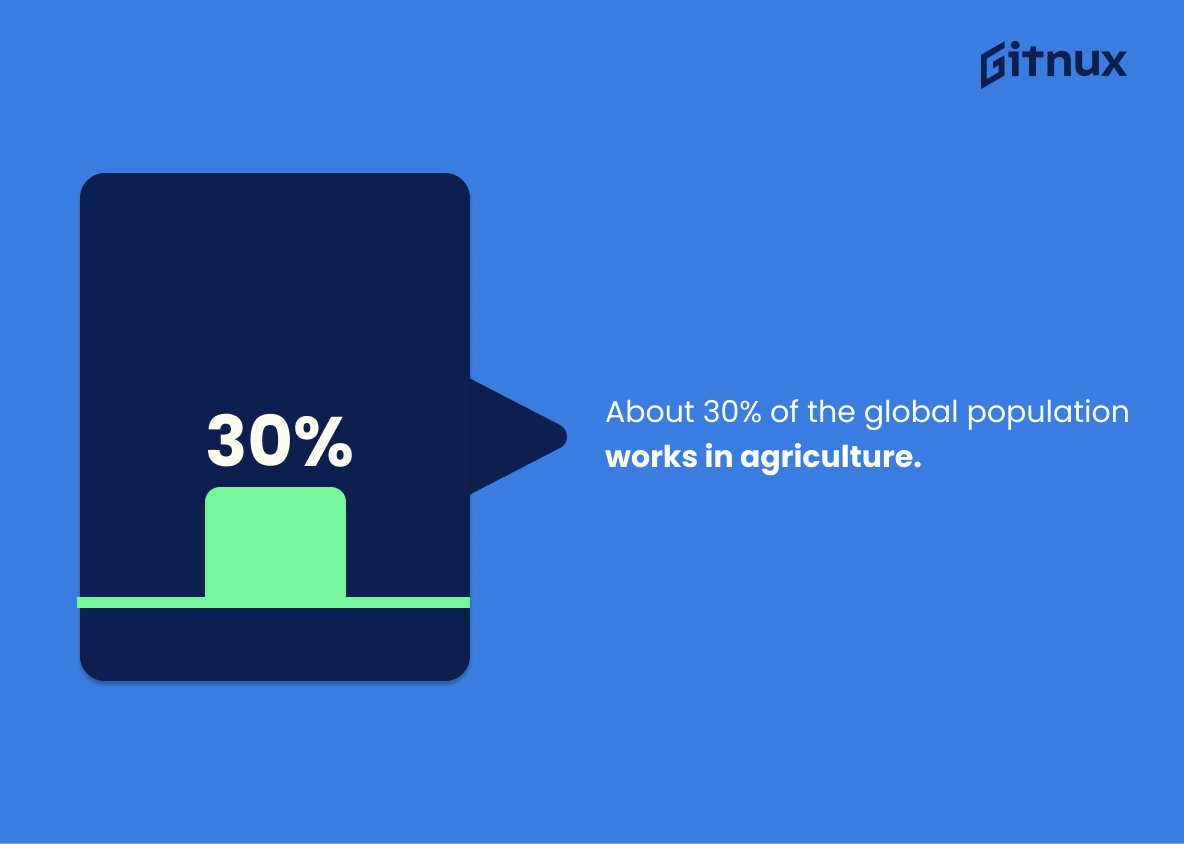The world of food consumption is a complex and ever-evolving one. From the amount of land used for livestock production to global food waste, there are many statistics that can help us better understand our current state of affairs when it comes to how we consume food around the globe. In this blog post, we will explore 20 different facts about global food consumption from sources such as Our World in Data, The Lancet, Statista and more. We’ll look at topics ranging from average caloric intake per person to greenhouse gas emissions caused by the sector and much more. So let’s dive into these fascinating stats on world food consumption.
This statistic is a stark reminder of the immense amount of land devoted to livestock production, which is a major contributor to global food consumption. It highlights the need for more efficient and sustainable agricultural practices to ensure that the world’s food needs are met without compromising the environment.
Global food waste is estimated at about 1.3 billion tons per year.
This statistic is a stark reminder of the immense amount of food that is wasted each year, despite the fact that there are still millions of people around the world who are suffering from hunger and malnutrition. It is a sobering reminder of the need to reduce food waste and ensure that food is distributed more equitably around the world.
World Food Consumption Statistics Overview
Nearly 9.2 million (12%) of deaths worldwide were attributed to dietary risks in 2017.
This statistic is a stark reminder of the immense impact that dietary risks can have on global health. It serves as a powerful reminder of the importance of understanding and managing the dietary habits of individuals and populations around the world. It also highlights the need for governments and organizations to prioritize the development of policies and initiatives that promote healthy eating and reduce the prevalence of dietary risks.
In 2019, the global meat consumption reached 338 million metric tons.
This statistic is a stark reminder of the immense amount of meat consumed worldwide in 2019. It highlights the need for more sustainable and responsible consumption of meat, as well as the need to consider alternative sources of protein. It also serves as a reminder of the importance of understanding global food consumption patterns and trends in order to ensure food security and nutrition for all.
Approximately 2 billion people suffer from micronutrient deficiencies worldwide.
This statistic is a stark reminder of the immense global challenge of ensuring adequate nutrition for all. It highlights the need for greater efforts to tackle micronutrient deficiencies, which can have serious health consequences for those affected. It also serves as a reminder of the importance of understanding and addressing the underlying causes of food insecurity, such as poverty, inequality, and climate change.
In 2020, global cereal production reached approximately 2,746 million metric tons.
This statistic is a testament to the sheer magnitude of cereal production worldwide, highlighting the importance of this staple food in global diets. It is a key indicator of the availability of food for the world’s population, and provides a valuable insight into the state of world food consumption.
The global average caloric intake per person increased from 2,358 kcal/day in 1961 to 2,884 kcal/day in 2017.
This statistic is a telling indication of the changing dietary habits of the world’s population. It suggests that, on average, people are consuming more calories than they did in 1961, which could be attributed to a variety of factors, such as increased access to food, changes in food production and distribution, and shifts in dietary preferences. This statistic is an important piece of the puzzle when it comes to understanding the global food consumption landscape.
26.4% of the world’s population was affected by overweight or obesity in 2016.
This statistic is a stark reminder of the alarming prevalence of overweight and obesity in the world today. It highlights the need for greater awareness and action to address this growing problem, which has serious implications for public health and the global economy.
Global fish consumption reached an average of 20.5 kilograms per person in 2018.
The fact that global fish consumption reached an average of 20.5 kilograms per person in 2018 is a telling indicator of the importance of seafood in the diets of people around the world. This statistic speaks to the fact that seafood is a major source of nutrition for many, and that it is a vital part of the global food system. It is also a reminder that we must continue to work to ensure that our oceans remain healthy and productive so that we can continue to enjoy the benefits of seafood for years to come.
China has the highest food consumption in the world at over 28% of global consumption.
This statistic is significant in the context of World Food Consumption Statistics because it highlights the sheer magnitude of China’s food consumption. It is a testament to the country’s immense population and its ability to feed them. It also serves as a reminder of the importance of food security and the need to ensure that all countries have access to adequate nutrition.
7 to 14% of the global population suffer from foodborne diseases annually.
This statistic is a stark reminder of the prevalence of foodborne diseases in the world today. It highlights the need for greater awareness and action to ensure that people have access to safe and nutritious food. It also serves as a reminder of the importance of food safety and hygiene practices, as well as the need for governments to invest in food safety infrastructure and regulations.
In 2019, the world consumed approximately 170 million metric tons of raw sugar.
The sheer magnitude of the amount of raw sugar consumed in 2019 is a testament to the global demand for sweet treats. This statistic serves as a reminder of the importance of understanding the world’s food consumption habits and the need to ensure that our diets are balanced and healthy.
Approximately 45% of vegetable oil consumption worldwide was attributed to palm oil in 2019.
This statistic is a telling indication of the prevalence of palm oil in the global vegetable oil market. It highlights the importance of this particular oil in the diets of people around the world, and the potential environmental and health implications of its widespread use. As such, it is an important piece of information to consider when discussing world food consumption statistics.
It is estimated that feeding 10 billion people by 2050 will require a 56% increase in crop production.
This statistic is a stark reminder of the challenge that lies ahead in order to feed the world’s growing population. With the global population projected to reach 10 billion by 2050, it is essential that crop production increases by 56% in order to meet the demands of the world’s population. This statistic serves as a call to action to ensure that the necessary steps are taken to ensure that the world’s population is adequately fed.
33% of total global greenhouse gas emissions come from the food sector.
This statistic is a stark reminder of the immense environmental impact of the food sector. It highlights the need for more sustainable practices in the food industry, as well as the need for individuals to make more conscious decisions about their food consumption. It is a call to action to reduce global greenhouse gas emissions and to ensure that our food production and consumption is more sustainable.
About 30% of the global population works in agriculture.
This statistic is a powerful reminder of the importance of agriculture in the global economy. It highlights the fact that a large portion of the world’s population relies on agriculture for their livelihoods, and that food production is a major factor in the global economy. It also serves as a reminder of the need to ensure that agricultural production is sustainable and that food security is maintained. This statistic is a key part of understanding the global food consumption landscape and the challenges that must be addressed in order to ensure that everyone has access to adequate nutrition.
Conclusion
The statistics presented in this blog post demonstrate the complexity of global food consumption patterns. From livestock production to fish and egg consumption, it is clear that our current agricultural practices are having a significant impact on both human health and the environment. The data also shows us how urbanization, economic growth, population size, and dietary preferences have all contributed to an increase in demand for certain foods while creating new challenges such as food waste and micronutrient deficiencies. As we move forward into a future with 10 billion people by 2050, it will be essential to find sustainable solutions that can meet these growing needs without compromising our planet’s resources or public health.
References
0. – https://www.ilo.org
1. – https://www.statista.com
2. – https://www.worldobesity.org
3. – https://www.ctc-n.org
4. – https://www.ourworldindata.org
5. – https://www.fao.org
6. – https://www.drawdown.org
7. – https://www.thelancet.com
8. – https://www.who.int
